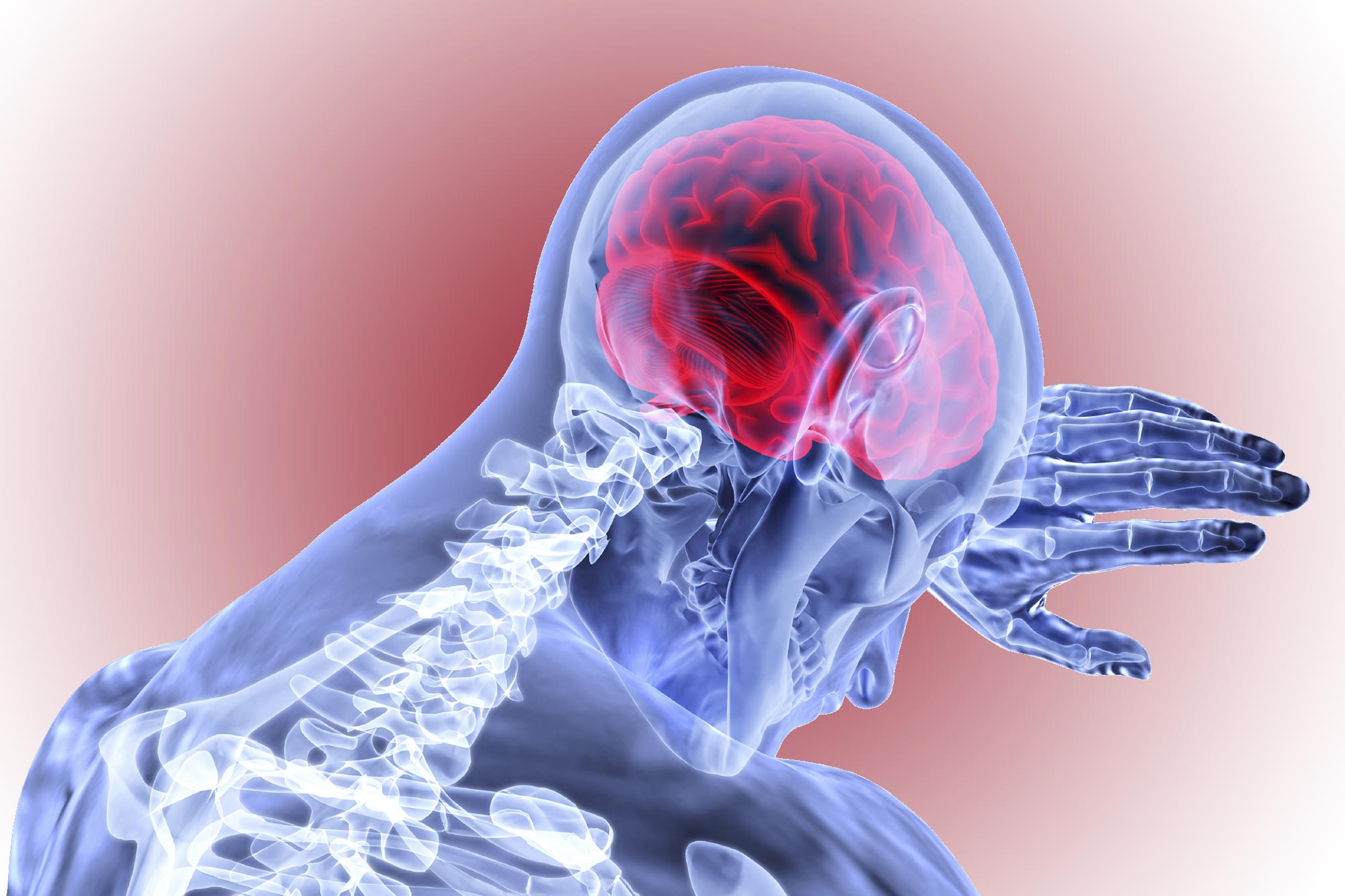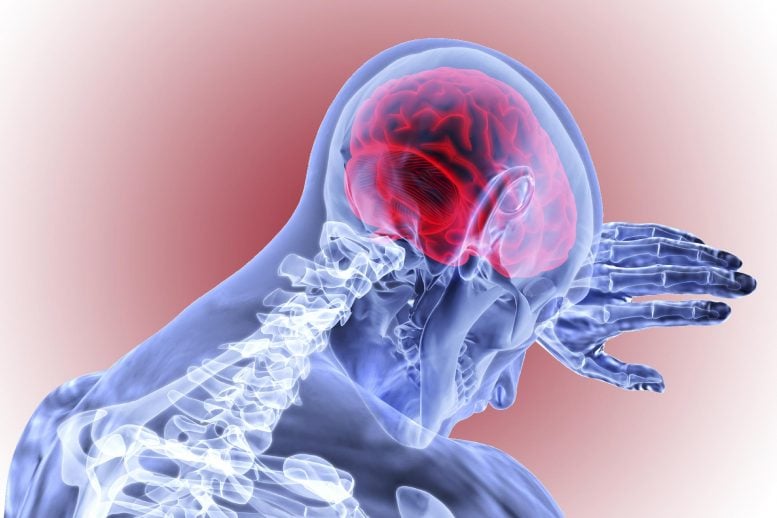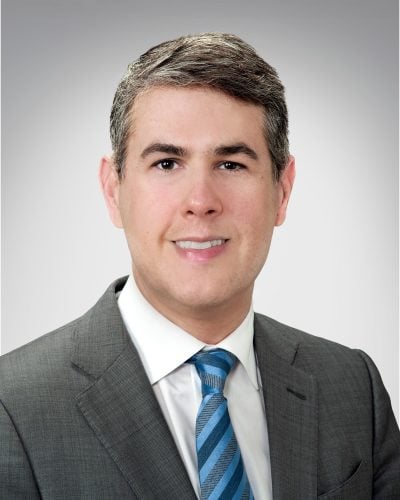

University of Pittsburgh researchers report that deep brain stimulation (DBS) can effectively enhance motor functions in individuals with arm and hand paralysis due to brain injuries, with promising results from early human and monkey trials.
Researchers from the University of Pittsburgh School of Medicine have demonstrated that deep brain stimulation can immediately improve arm and hand strength and function weakened by traumatic brain injury or stroke.
Initial trials in monkeys and a human patient showed promising results, opening a path for a new clinical application of an already widely used brain stimulation technology and offering insights into neural mechanisms underlying movement deficits caused by brain injury.
“Arm and hand paralysis significantly impacts the quality of life of millions of people worldwide,” said senior and corresponding author Elvira Pirondini, Ph.D., assistant professor of physical medicine and rehabilitation at Pitt. “Currently, we don’t have effective solutions for patients who suffered a stroke or traumatic brain injury but there is a growing interest in the use of neurotechnologies that stimulate the brain to improve upper-limb motor functions.”
The researchers reported their findings in the journal Nature Communications.

Neural Connections and Motor Control
Brain lesions caused by serious brain trauma or stroke can disrupt neural connections between the motor cortex, a key brain region essential for controlling voluntary movement, and the muscles. Weakening of these connections prevents effective activation of muscles and results in movement deficits, including partial or complete arm and hand paralysis.
Deep Brain Stimulation: A Promising Solution
To boost the activation of existing, but weakened, connections, researchers proposed to use deep brain stimulation (DBS), a surgical procedure that involves placing tiny electrodes in specific areas of the brain to deliver electrical impulses that regulate abnormal brain activity. Over the past several decades, DBS has revolutionized the treatment of neurological conditions such as Parkinson’s disease by providing a way to control symptoms that were once difficult to manage with medication alone.
“DBS has been life-changing for many patients. Now, thanks to ongoing advancements in the safety and precision of these devices, DBS is being explored as a promising option for helping stroke survivors recover their motor functions,” said senior author and surgical leader of the project, Jorge González-Martínez, M.D., Ph.D., professor and vice-chair of neurosurgery and director of the epilepsy and movement disorders program at Pitt. “It offers new hope to millions of people worldwide.”

Innovative Applications of DBS in Stroke Recovery
Taking cues from another successful Pitt project that used electrical stimulation of the spinal cord to restore arm function in individuals affected by stroke, scientists hypothesized that stimulating the motor thalamus – a structure nested deep in the brain that acts as a key relay hub of movement control – using DBS could help restore movements that are essential for tasks of daily living, such as object grasping. However, because the theory has not been tested before, they first had to test it in monkeys, which are the only animals that have the same organization of the connections between the motor cortex and the muscles as humans.
Clinical Trials and Human Application
To understand the mechanism of how DBS of the motor thalamus helps improve voluntary arm movement and to finesse the specific location of the implant and the optimal stimulation frequency, researchers implanted the FDA-approved stimulation device into monkeys that had brain lesions affecting how effectively they could use their hands.
As soon as the stimulation was turned on, it significantly improved the activation of muscles and grip force. Importantly, no involuntary movement was observed.
To verify that the procedure could benefit humans, the same stimulation parameters were used in a patient who was set to undergo DBS implantation into the motor thalamus to help with arm tremors caused by brain injury from a serious motor vehicle accident that resulted in severe paralysis in both arms.
As soon as the stimulation was turned on again, the range and strength of arm motion were immediately improved: The participant was able to lift a moderately heavy weight and reach, grasp, and lift a drinking cup more efficiently and smoothly than without the stimulation.
Future Directions in Neurological Treatment
To help bring this technology to more patients in the clinic, researchers are now working to test the long-term effects of DBS and determine whether chronic stimulation could further improve arm and hand function in individuals affected by traumatic brain injury or stroke.
Reference: “Potentiation of cortico-spinal output via targeted electrical stimulation of the motor thalamus” by Jonathan C. Ho, Erinn M. Grigsby, Arianna Damiani, Lucy Liang, Josep-Maria Balaguer, Sridula Kallakuri, Lilly W. Tang, Jessica Barrios-Martinez, Vahagn Karapetyan, Daryl Fields, Peter C. Gerszten, T. Kevin Hitchens, Theodora Constantine, Gregory M. Adams, Donald J. Crammond, Marco Capogrosso, Jorge A. Gonzalez-Martinez and Elvira Pirondini, 31 September 2024, Nature Communications.
DOI: 10.1038/s41467-024-52477-1
This research is supported by internal funding from the departments of Physical Medicine and Rehabilitation and of Neurological Surgery at Pitt. Additional funding was provided by the Walter L. Copeland Foundation, the Hamot Health Foundation, and the National Institutes of Health (R01NS122927-01A1).